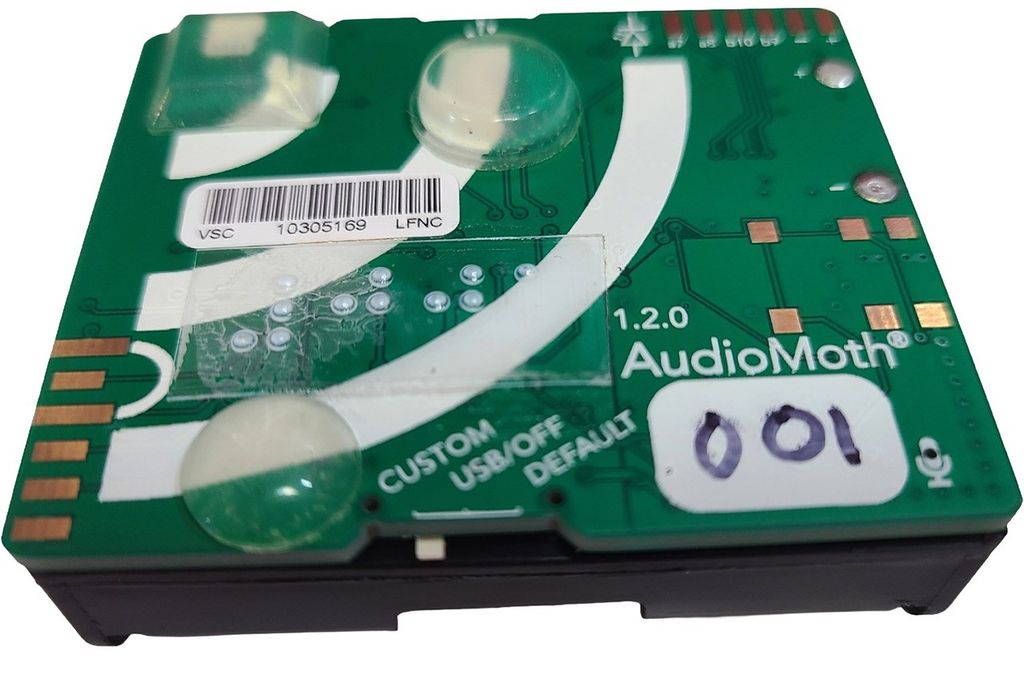
General Purpose Heat Source
This is a display model of a General Purpose Heat Source (GPHS) module. The GPHS module provides steady heat for a radioisotope power system. Image credit: NASA From a Source of Heat Comes Power to Explore Radioisotope power systems, or RPS, provide electricity and heat that can enable spacecraft to undertake scientific missions to environments beyond the capabilities of solar power, chemical batteries and fuel cells. RPS are sometimes referred to as a type of "nuclear battery." While some spacecraft, like Cassini, ran their systems directly off of their RPS, others like Mars Science Laboratory Curiosity rover can use the RPS to charge batteries and run their systems and instruments off of stored battery power. In either case, the RPS is attached directly to a spacecraft, much like a power cord being plugged in. These technologies are capable of producing electricity and heat for decades under the harsh conditions of deep space without refueling. All of these power systems, flown on more than two dozen NASA missions since the 1960s, have functioned for longer than they were originally designed. The RPS used to power NASA spacecraft are supplied by the U.S. Department of Energy (DOE). NASA and DOE continue to collaborate on maintaining and developing several types of RPS. The Building Block The General Purpose Heat Source module, or GPHS, is the essential building block for the radioisotope generators used by NASA. These modules contain and protect the plutonium-238 (or Pu-238) fuel that gives off heat for producing electricity. The fuel is fabricated into ceramic pellets of plutonium-238 oxide (238PuO2) and encapsulated in a protective casing of iridium, forming a fueled clad. Fueled clads are encased within nested layers of carbon-based material and placed within an aeroshell housing to comprise the complete GPHS module.
- X






















